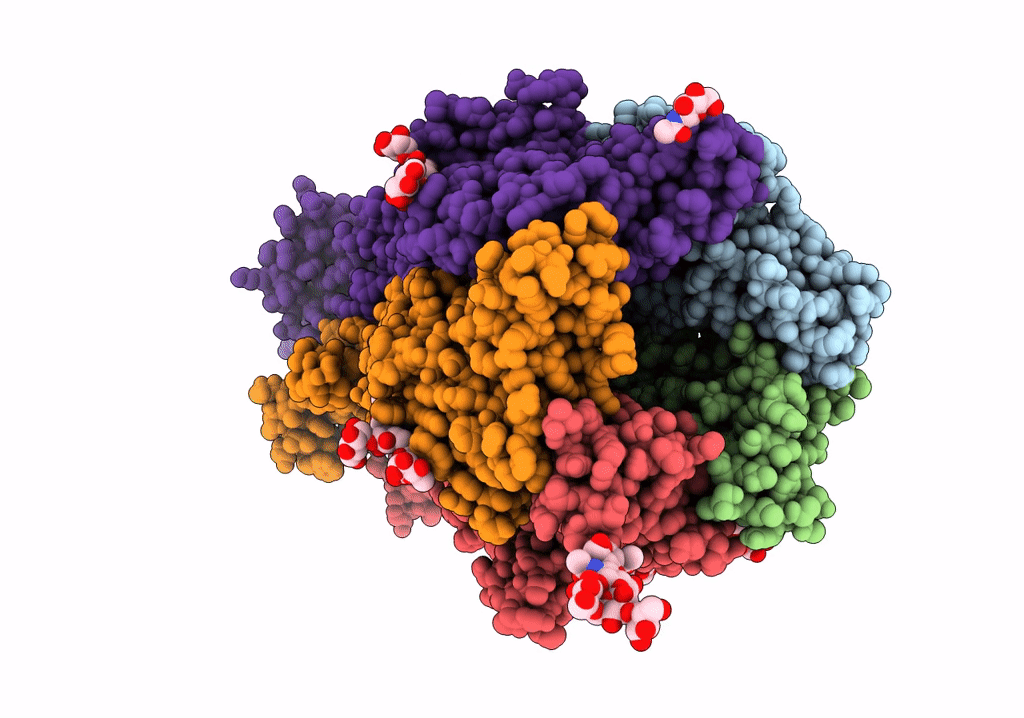
Deposition Date
2021-12-19
Release Date
2022-02-09
Last Version Date
2024-11-06
Entry Detail
PDB ID:
7QL6
Keywords:
Title:
Torpedo muscle-type nicotinic acetylcholine receptor - carbamylcholine-bound conformation
Biological Source:
Source Organism:
Tetronarce californica (Taxon ID: 7787)
Method Details:
Experimental Method:
Resolution:
3.23 Å
Aggregation State:
PARTICLE
Reconstruction Method:
SINGLE PARTICLE


